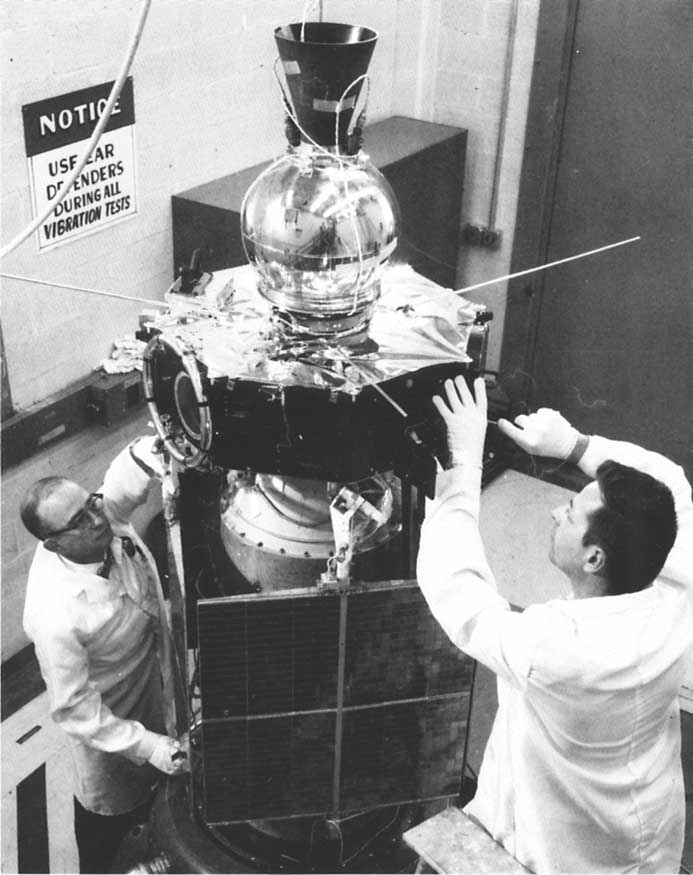Forty-five years ago today — July 19, 1967 — Explorer 35 launched from Cape Canaveral on a Thor-Delta rocket.

(Explorer 35. NASA image.)
Explorer 35 was designed to study the solar wind — specifically, “the interplanetary plasma, magnetic field, energetic particles, and solar X rays” — in the vicinity of the Moon.
According to this mission page, the Explorer 35 launch was the 50th Thor-Delta mission — quite an accomplishment for the launch vehicle team.
Explorer 35 entered its elliptical lunar orbit on July 21st and began six years of observations. The spacecraft “found that the Moon has no magnetosphere, enabling the charged particles of the solar wind to hit the lunar surface,” and effectively creating a “cavity” in the solar wind. It was finally turned off on June 24, 1973.

















